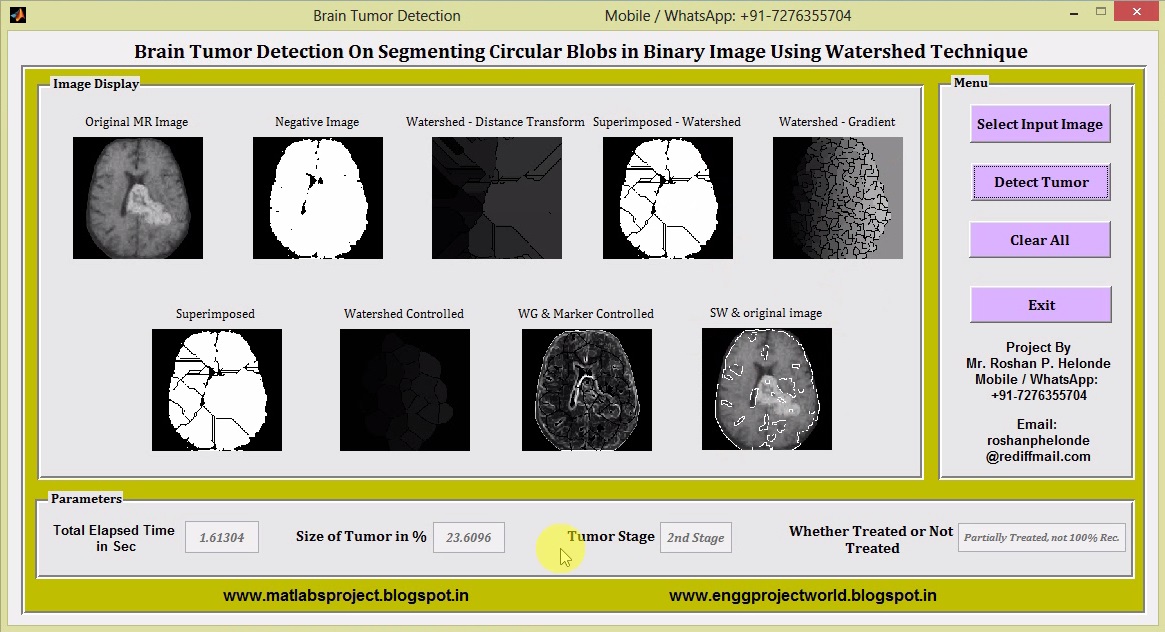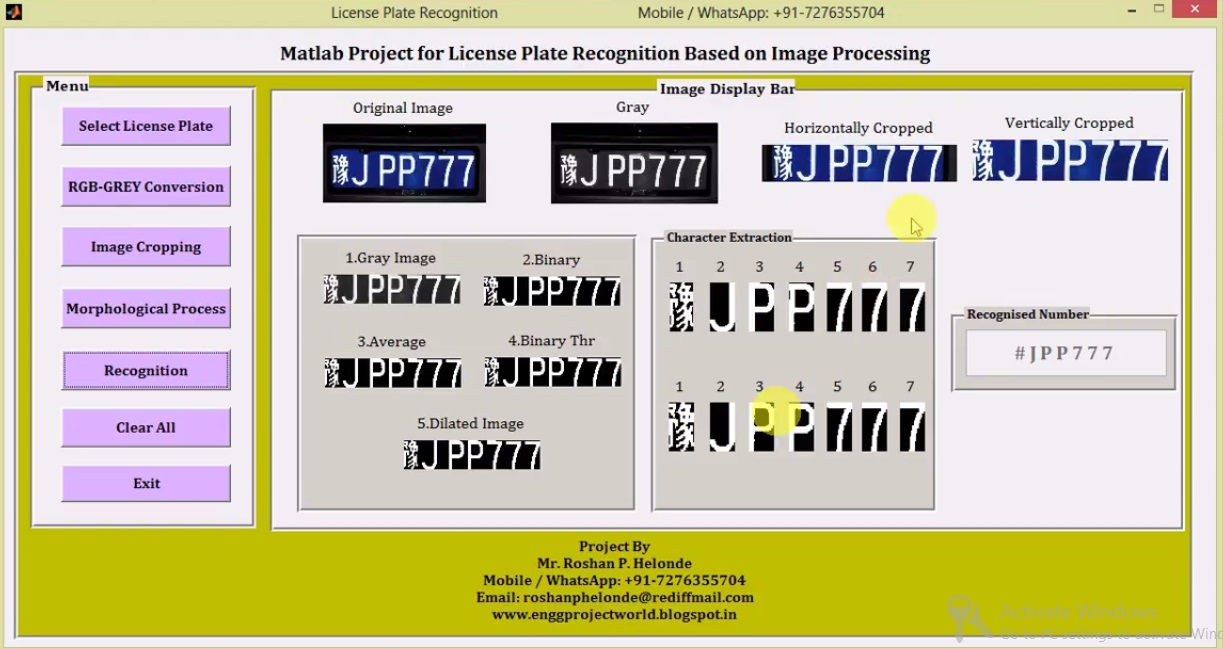ABSTRACT
Image compression means reducing the size of graphics file, without compromising on its quality. Depending on the reconstructed image, to be exactly same as the original or some unidentified loss may be incurred, two techniques for compression exist. Two techniques are: lossy techniques and lossless techniques. This project presents DWT and DCT implementation because these are the lossy techniques .This project aims at the compression using DCT and Wavelet transform by selecting proper method, better result for PSNR have been obtained.
Compression refers to reducing the quantity of data used to represent a file, image or video content without excessively reducing the quality of the original data. Image compression is the application of data compression on digital images. The main purpose of image compression is to reduce the redundancy and irrelevancy present in the image, so that it can be stored and transferred efficiently. The compressed image is represented by less number of bits compared to original. Hence, the required storage size will be reduced, consequently maximum images can be stored and it can transferred in faster way to save the time, transmission bandwidth. For this purpose many compression techniques i.e. scalar/vector quantization, differential encoding, predictive image coding, transform coding have been introduced. Among all these, transform coding is most efficient especially at low bit rate. Depending on the compression techniques the image can be reconstructed with and without perceptual loss. In lossless compression, the reconstructed image after compression is numerically identical to the original image. In lossy compression scheme, the reconstructed image contains degradation relative to the original. Lossy technique causes image quality degradation in each compression or decompression step. In general, lossy techniques provide for greater compression ratios than lossless techniques i.e. Lossless compression gives good quality of compressed images, but yields only less compression whereas the lossy compression techniques lead to loss of data with higher compression ratio. The approaches for lossy compression include lossy predictive coding and transform coding. Transform coding, which applies a Fourier-related transform such as DCT and Wavelet Transform such as DWT are the most commonly used approach. JPEG is the best choice for digitized photographs. The Joint Photographic Expert Group (JPEG) system, based on the Discrete Cosine Transform (DCT), has been the most widely used compression method. Discrete Cosine Transform (DCT) is an example of transform coding. The DCT coefficients are all real numbers unlike the Fourier Transform. The Inverse Discrete Cosine Transform (IDCT) can be used to retrieve the image from its transform representation. DCT is simple when JPEG used, for higher compression ratio the noticeable blocking artifacts across the block boundaries cannot be neglected. The DCT is fast. It can be quickly calculated and is best for images with smooth edges. Discrete wavelet transform (DWT) has gained widespread acceptance in signal processing and image compression. In this paper we made a comparative analysis of two transform coding techniques DCT and DWT based on different performance measure such as Peak Signal to Noise Ratio (PSNR), Mean Square Error (MSE) and Compression Ratio (CR).
PROJECT OUTPUT
PROJECT VIDEO












































